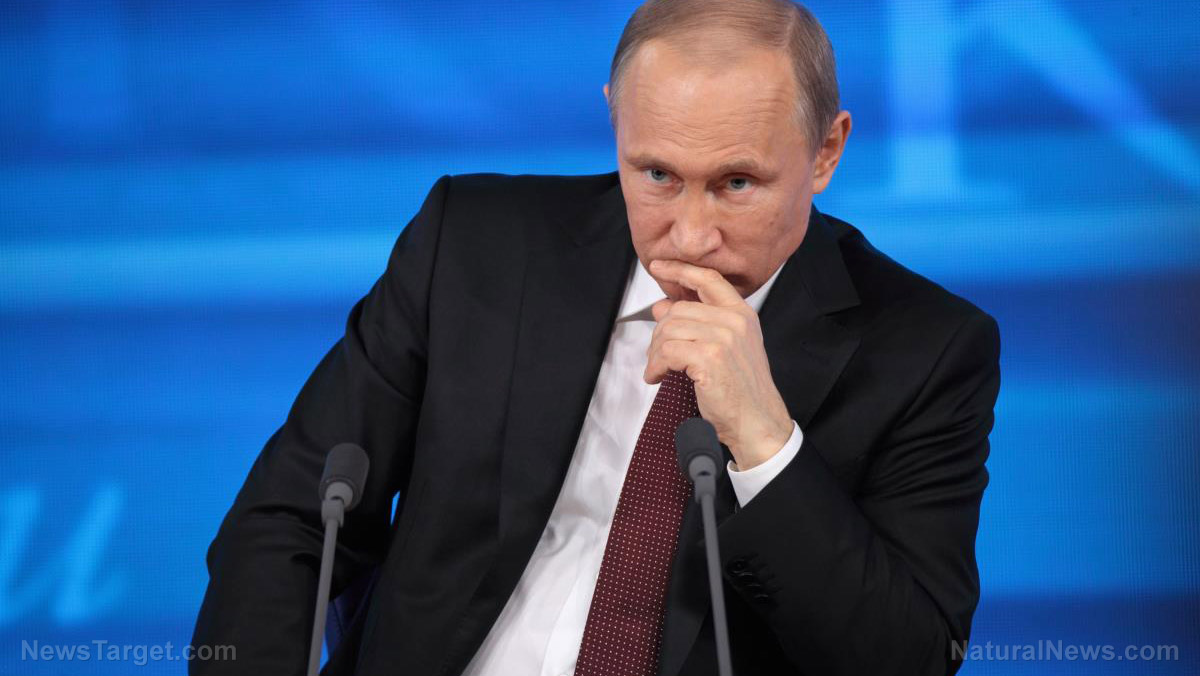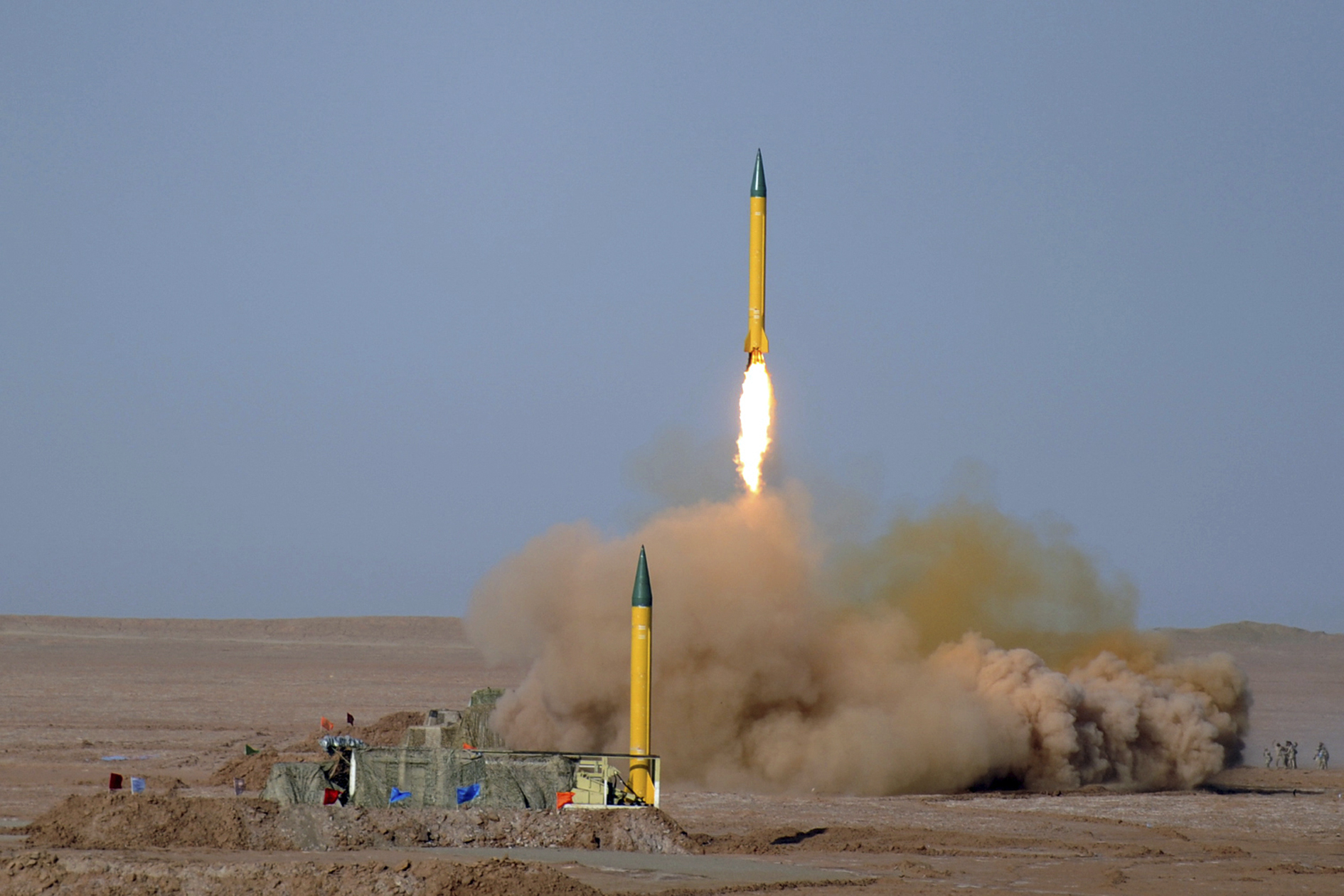
Multiple routes planned to account for Russian attacks on infrastructure
The idea is to have multiple potential routes given that some of the most obvious routes, like those involving northern European ports, are especially vulnerable to attacks by Russian missiles. NATO Jsec Logistics Command Chief Lieutenant General Alexandre Sollfrank said: “Everything is created in a way so the necessary resilience exists – robustness, reserves and also redundancies.” He added: “Observing and assessing the Russian war in Ukraine, we have observed Russia has attacked Ukraine’s logistics bases. That must lead to the conclusion that it is clear that huge logistics bases, as we know it from Afghanistan and Iraq, are no longer possible because they will be attacked and destroyed very early on in a conflict situation.” In March, the same publication reported that Russian President Vladimir Putin had a “paranoid obsession” with provoking western allies. It asserted: "Now that Russian President Vladimir Putin has secured his historic fifth term in office, it is patently clear that he will devote his next six-year spell at the Kremlin to pursuing his paranoid obsession of confronting the West." Center for European Policy Analysis Senior Fellow Jan Kallberg said that although designing these new routes may serve to warn Russia that NATO is taking its war preparations seriously, it could also be a way to pressure NATO countries in Europe to ensure that the infrastructure that makes up the corridors, such as bridges and roads, is in good condition and ready to support such plans should a broader war break out. Sources for this article include: ZeroHedge.com Telegraph.co.uk Newsweek.com49 U.S. states now supplying ILLEGALS with voter registration forms
By Ava Grace // Share
Biden admin seeks to delay COVID-19 vaccine safety data release until 2026
By Ava Grace // Share
EU okays transfer of $1.5B to Ukraine drawn from frozen Russian assets
By Richard Brown // Share
Putin: NATO’s focus on Asia-Pacific region poses security threat
By Richard Brown // Share
How CIA helped discredit Hunter laptop story for Biden win
By News Editors // Share
Iran conducts surprise missile drills amid rising tensions with Israel
By kevinhughes // Share
Kremlin denies reports of plans to "restore Soviet influence"
By bellecarter // Share
How AI news bots are quietly reshaping public opinion
By avagrace // Share
The Unshackled Physician: A surgeon's awakening to medical tyranny
By ramontomeydw // Share











